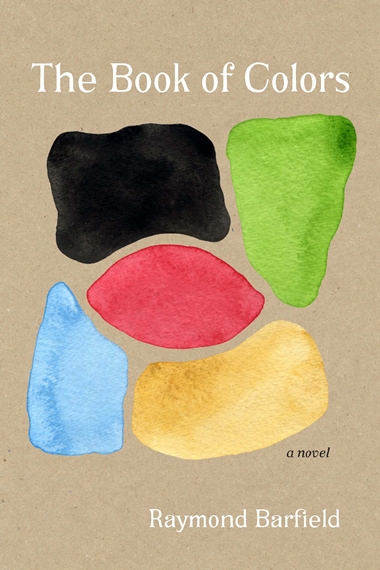Long Time No See: A memoir of fathers, daughters and games of chancePosted in Autobiography, Books, Caribbean/Latin America, Media Archive, Novels, United Kingdom on 2015-07-28 15:02Z by Steven |
Long Time No See: A memoir of fathers, daughters and games of chance
Periscope
2015-07-24
336 pages
204mm x 138mm
Paperback ISBN: 9781859643969
Hannah Lowe’s father “Chick”, a half-Chinese, half-black Jamaican immigrant, worked long hours at night to support his family – except Chick was no ordinary working man. A legendary gambler, he would vanish into the shadows of East London to win at cards or dice, returning during the daylight hours to greet the daughter whose love and respect he courted.
In this poignant memoir, Lowe calls forth the unstable world of card sharps, confidence men and small-time criminals that eventually took its toll on Chick. She also evokes her father’s Jamaica, where he learned his formidable skills, and her own coming of age in a changing Britain.
Long Time No See speaks eloquently of love and its absence, regret and compassion, and the struggle to know oneself.



